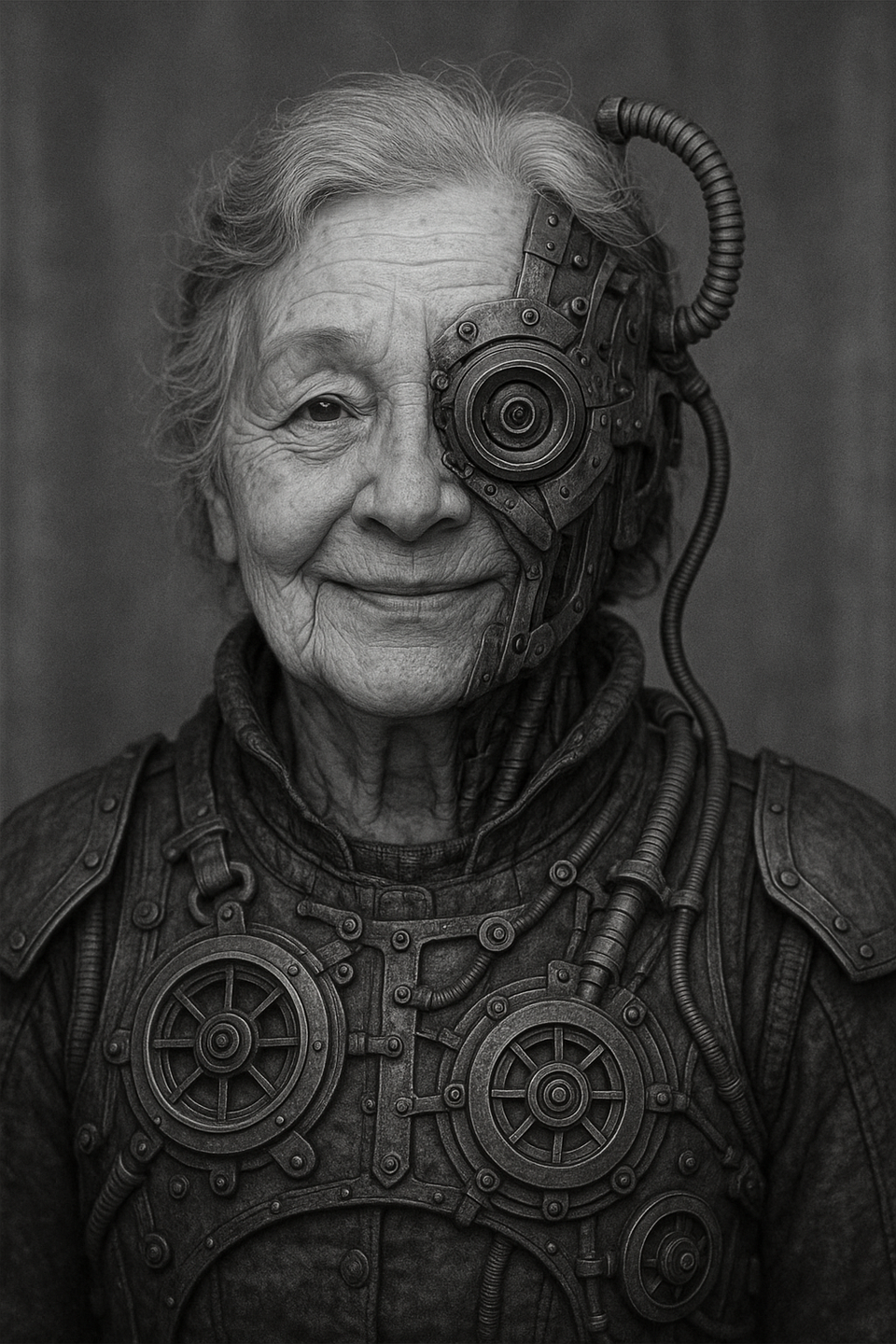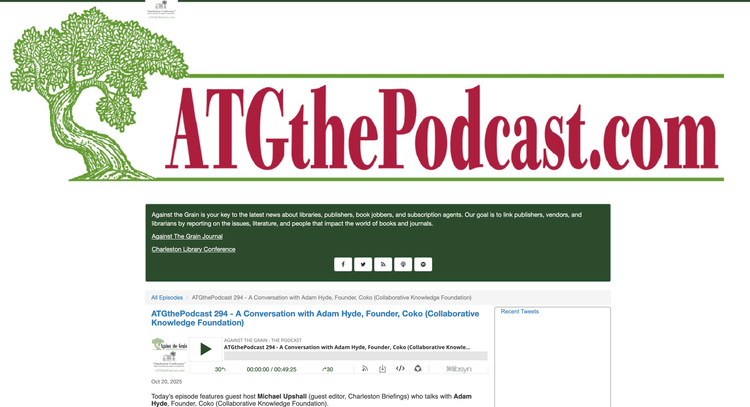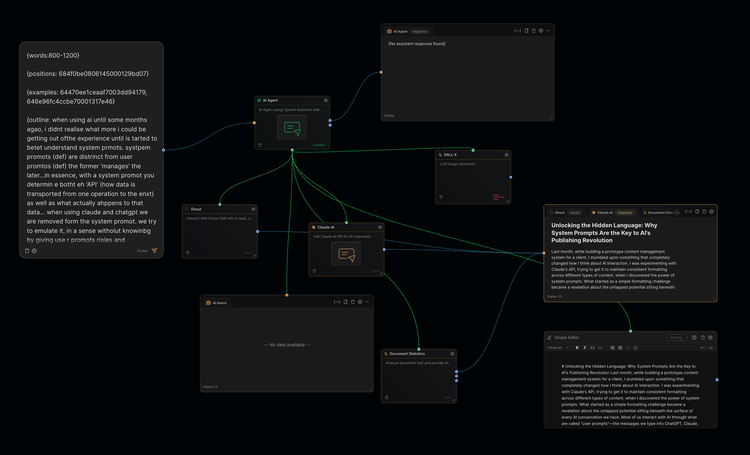Vibe Coding: How Different User Groups Approach Modern Software Development

The concept of "vibe coding" represents the evolving intersection of creativity, technology, and accessibility in software development. Originally coined by Andrej Karpathy in February 2025, vibe coding refers to a style where one can "fully give in to the vibes, embrace exponentials, and forget that the code even exists." This approach has gained traction as AI tools become increasingly sophisticated, enabling diverse participants to create software in ways previously unimaginable. In this exploration, we'll see how three distinct groups—Seasoned Developers, Product Builders, and No-Coders—are redefining the software devlopment landscape with Vibe Coding.
Seasoned Developers
Augmentation Over Automation
For seasoned developers, particularly those working within enterprise environments with complex codebases, vibe coding is approached with measured consideration. These professionals carry the responsibility of maintaining software integrity, focusing on security, maintainability, and reliability.
Their relationship with AI tools raises practical questions about reliability and expertise. While some hesitation exists, many developers are finding value in AI as smart autocomplete tools or documentation assistants. Platforms like Visual Studio Code (VS Code), Windsurf, and Cursor offer good tooling for these as they are 'traditional', although enhanced, IDEs (Integrated Development Environments)—enabling developers to enhance productivity without relinquishing control (all actually being based on VS Code). Unlike pure "vibe coding" where one might "accept all" suggestions without review, Seasoned Developers typically use these tools in a restrained way, maintaining strict oversight of generated code and "reviewing this code closely every time." They use AI as an assistant rather than surrendering comprehension, carefully evaluating suggestions before implementing them.
Product Builders
Transforming Ideas into Prototypes and (sometimes) Product
For product people - for example, product managers and startup founders, vibe coding serves as a valuable tool in bringing concepts to life. It enables rapid prototyping for fundraising presentations, stakeholder discussions, or user experience testing. Many product managers find that demonstrating a working concept is far more effective than verbal descriptions alone.
Unlike Seasoned Developers who use AI cautiously as an assistant, Product Builders typically embrace more agentic solutions where AI takes a more active role in the creation process. They interact with tools like Replit, Loveable, and v0 as collaborative partners rather than just tools, letting AI handle much of the heavy lifting while they focus on product vision and requirements.
Some Product Builders go beyond prototyping and deploy AI-generated code directly to production—either by adding new features to existing codebases, accelerating the delivery of value to end users, or by launching entirely new web applications with various integrations. This approach also opens the door for non-programmer "domain experts" to add features directly to products, further blurring the line between technical and non-technical roles. Product Builders may not understand every line of code generated, but maintain clear vision of what the solution should accomplish and can evaluate whether the AI-generated result meets their requirements.
No-Coders
Building Without Traditional Development Background
The no-code community represents the most enthusiastic adopters of vibe coding principles. What truly sets No-Coders apart is that they often come from entirely outside the traditional software development sector—they might be marketers, educators, healthcare professionals, small business owners, or creators from any field who need digital solutions.
Rather than viewing AI as an assistant that augments coding abilities, No-Coders treat AI as the primary builder, with themselves in the director's role. They leverage some of the same platforms as the Product Builders and more accessible platforms like Bubble, automation tools like Zapier and Make, and integration tools like Paragon to create customized solutions through 'conversation' (prompting) and configuration rather than traditional programming. For this group, technology serves as a direct path to solving domain-specific problems or launching entrepreneurial ventures, enabling them to offer services through gig platforms (eg Upwork) or direct client relationships. With tools like Zapier, Paragon etc making complex functionality accessible, these creators can build sophisticated workflows by simply describing what they want to achieve, truly embodying Karpathy's vision where one can "forget that the code even exists."
Looking Forward
The Evolution of Software Development Environments
As vibe coding continues to transform software creation, several key environmental factors will shape its trajectory:
External service APIs are going to be gold—easy to use integrations with email services, CMS platforms, payment processors, social media, etc. are becoming increasingly important. Since Product Builders and No-Coders typically lack the technical expertise to implement these complex integrations directly, specialized services like Paragon are emerging to make connecting to these APIs vastly simpler. These services abstract away the technical complexities, allowing users to create sophisticated integrations through visual interfaces or simple natural language instructions instead of writing complex authentication and data transformation code.
We'll see AI-based deployment tools evolve rapidly—many environments like Replit already support this—making the journey from concept to production increasingly streamlined and accessible to all three groups.
Software development environments will increasingly diverge from traditional IDEs. More visual and card-based interfaces will emerge for designing and building software, catering to different mental models and working styles beyond conventional code editors.
Bug testing will become more sophisticated with AI agents— currently those with no technical expertise the process of Vibe Coding soon becomes largely troubelshooting. Consequently, we'll see AI handling increasingly complex quality assurance tasks, allowing creators to focus on innovation rather than debugging.
Most significantly, we'll see tools evolve to support mixed teams where all three groups collaborate effectively. Product Builders will develop features alongside Seasoned Developers, while No-Coders will tap into experienced developers via marketplaces to resolve deeper issues in code they don't fully understand.
Rather than replacement of developers, we're witnessing an expansion of the roles and types of people involved in producing software. This widespread access to software creation is leading to an explosion of new applications built by increasingly diverse people and teams. This evolution represents a fundamental shift in how we approach software creation—embracing diversity, encouraging experimentation, and supporting collective innovation.






Member discussion